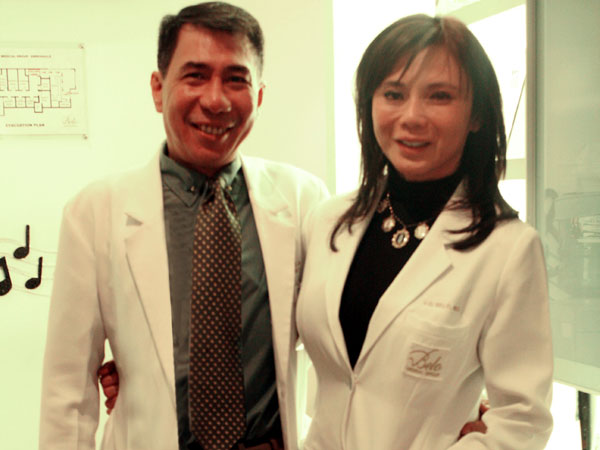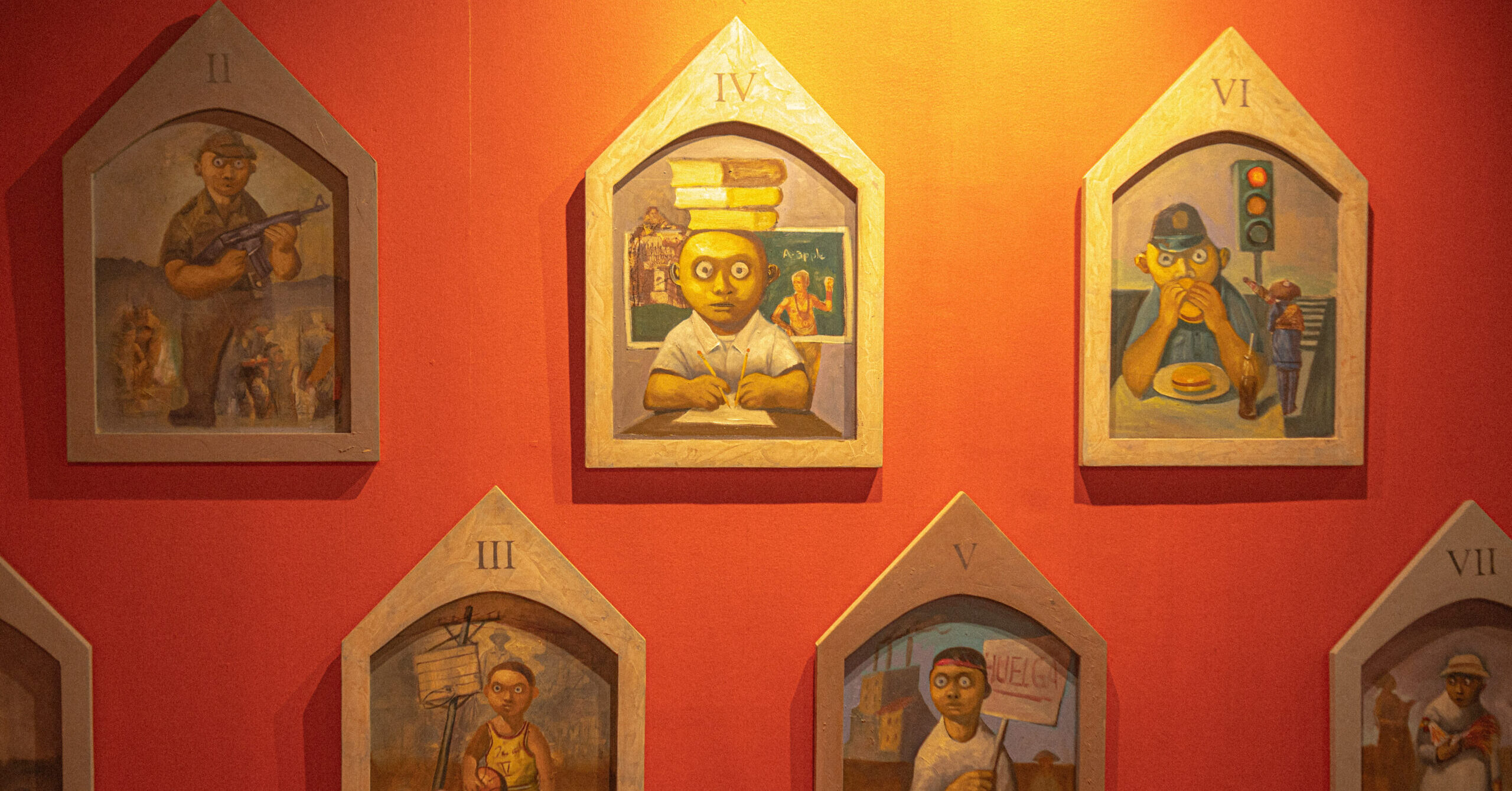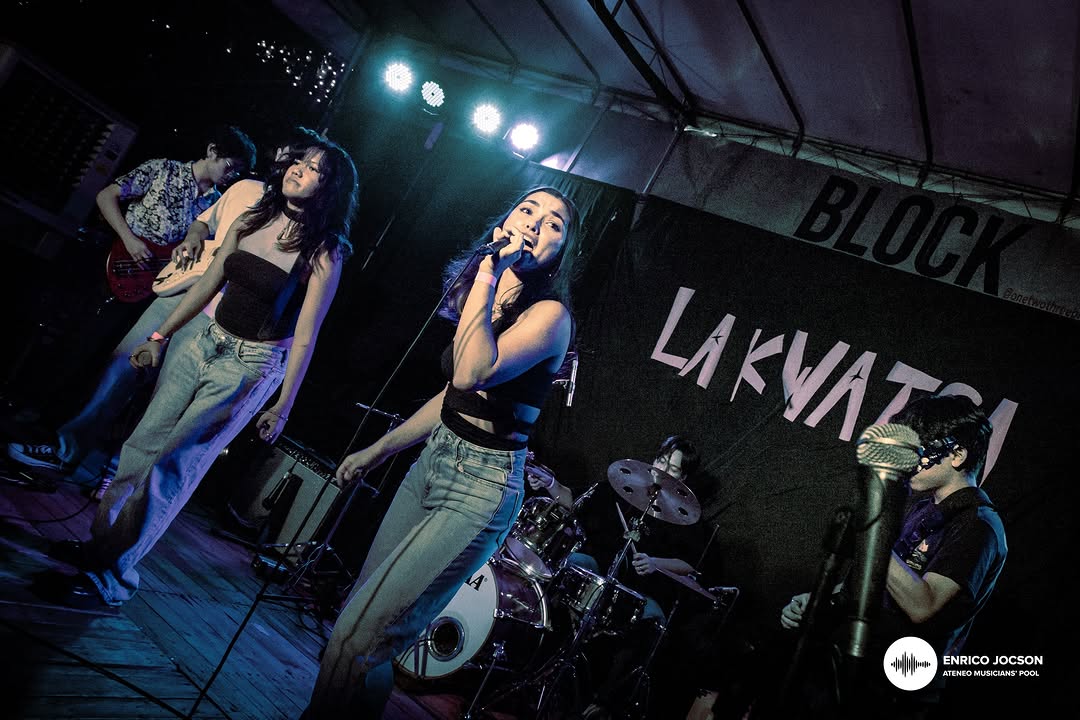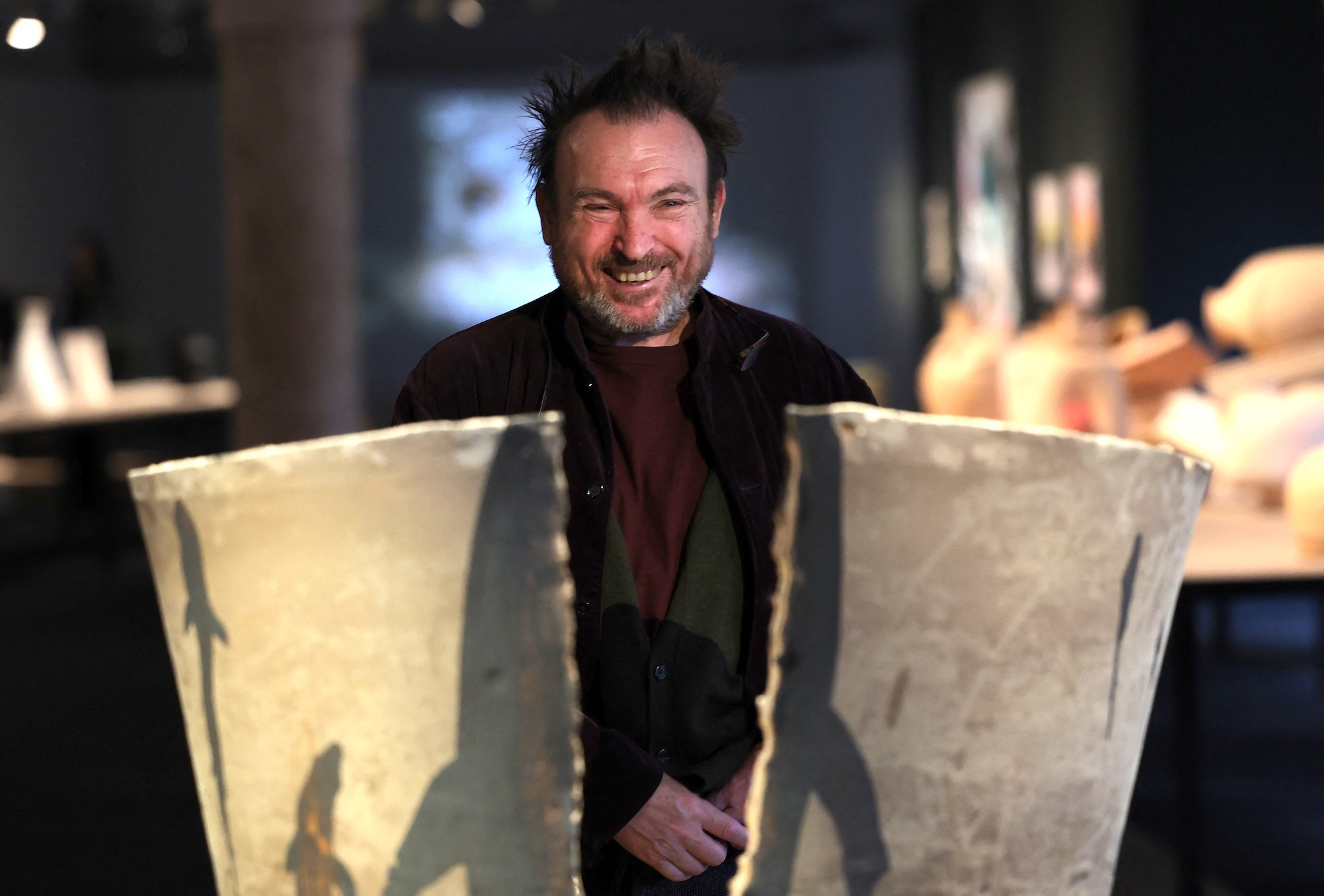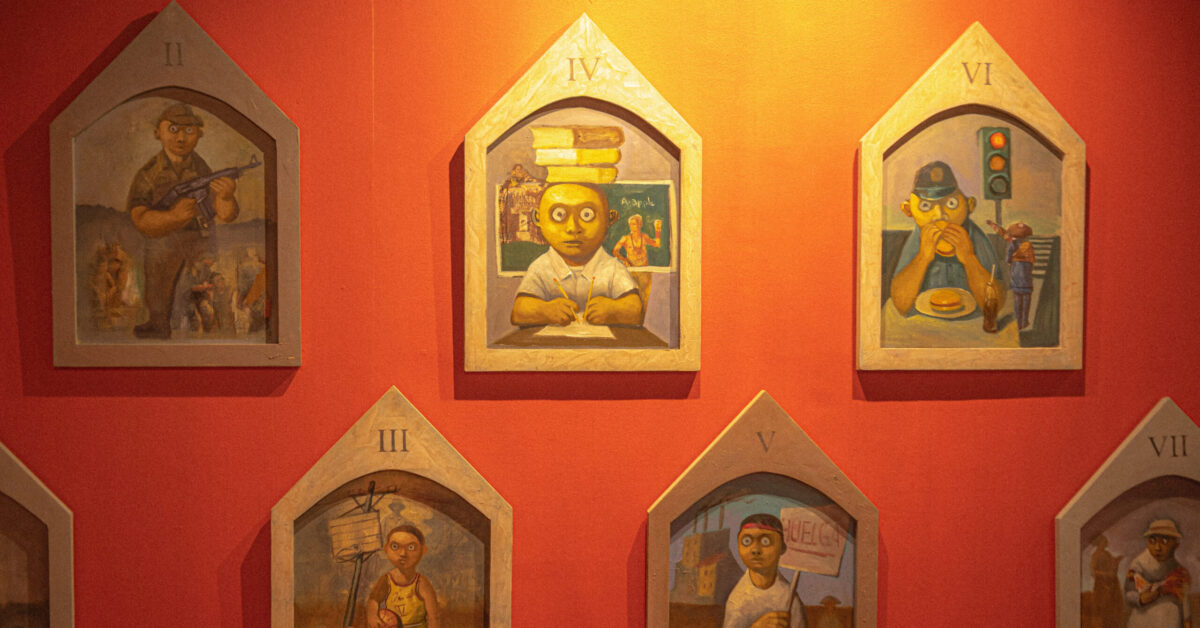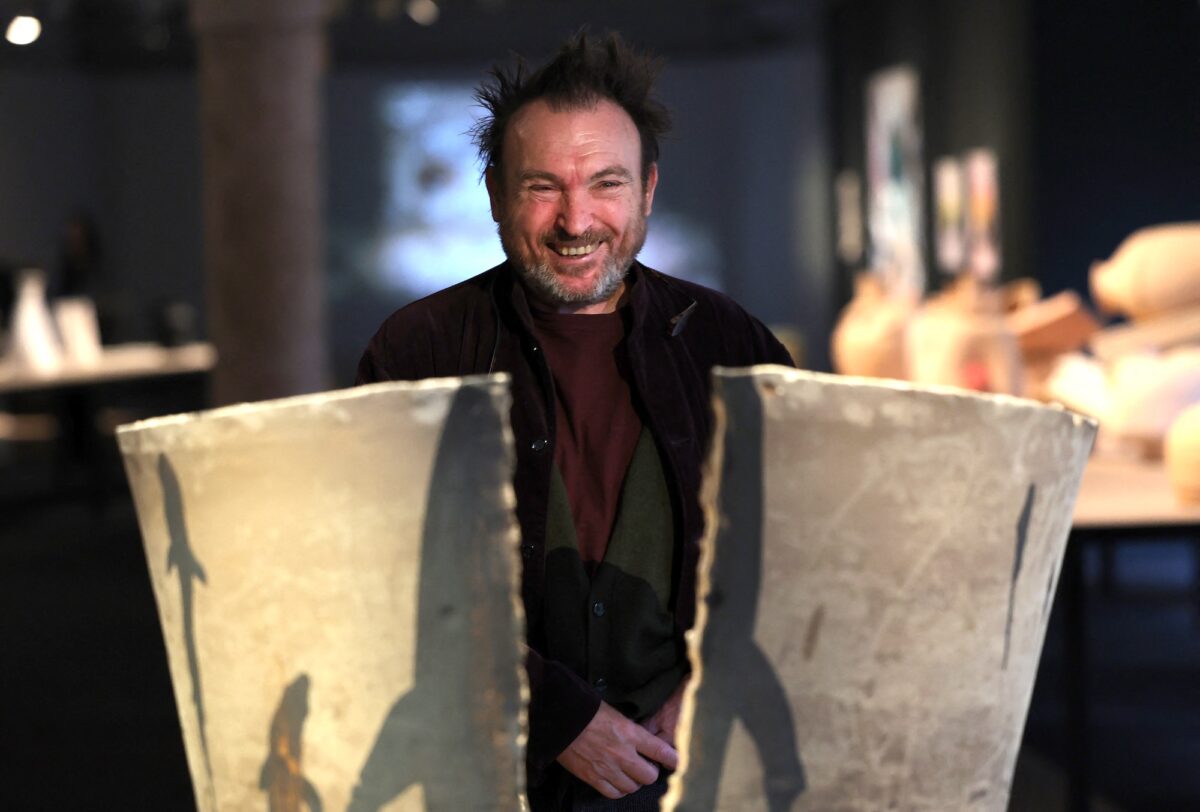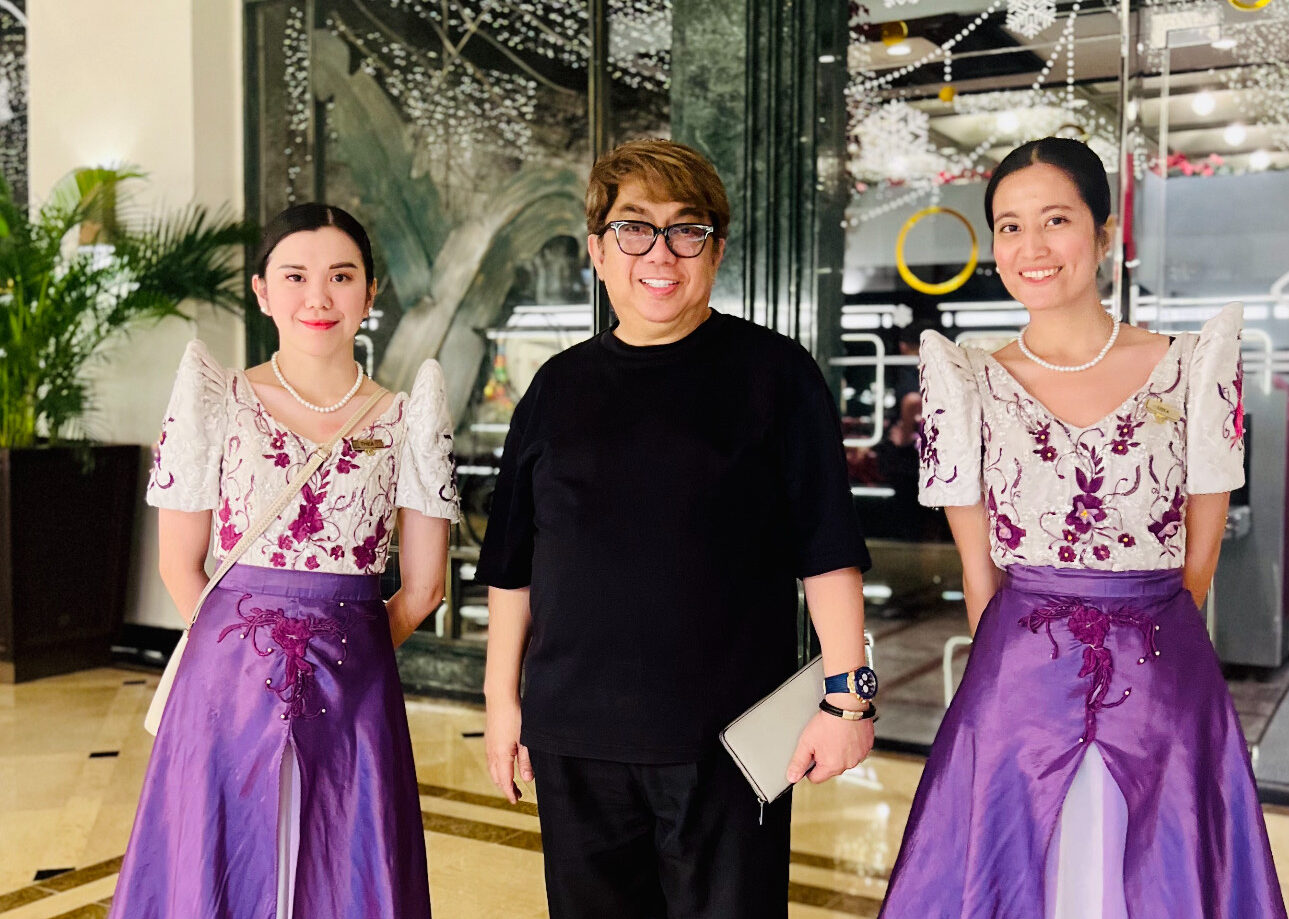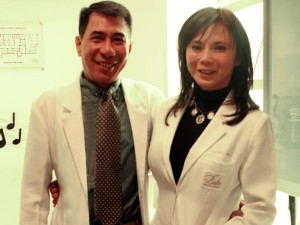
There are those who say that Philippines has everything it needs to become Asia’s beauty capital—Western-trained plastic surgeons and specialists in Aesthetic Medicine; advanced medical facilities; competent and caring nurses and other health professionals; lower cost of cosmetic and aesthetic procedures; proficiency in English; and relaxing, picturesque, tropical destinations for patients recovering from treatments.
While medical tourism in the Philippines has not taken off as soon as the healthcare industry has hoped, there is still a lot of optimism. The Philippine healthcare sector’s biggest players continue to invest in technology, equipment, and quality professionals, believing in the country’s huge potential as a medical tourism destination.
Fortunately, while the Philippines’ growth as a medical tourism destination has been slow, it remains steady, consistent, and encouraging for investors. It would be good to look at the strengths that the Philippines possesses in terms of beauty, cosmetic, and aesthetic treatments as well as the challenges it needs to hurdle in order for it to become the beauty capital that the industry is aiming for.
Aesthetic centers
The Philippines’ top government and private hospitals are equipped with the most modern medical equipment available today. In general, the Philippines’ top hospitals would have equipment that are at par with, if not better, than hospitals in the US and Europe. Such equipment are acquired from the same top suppliers that the best hospitals in other countries also source from.
The country’s top hospitals are also accredited, or in the process of being accredited as conforming to international quality standards, by respected international bodies under the International Society for Quality in Healthcare (ISQua) like JCI; NABH International; and Accreditation Canada.
At least three major hospitals, Makati Medical Center; The Medical City; and St. Luke’s Medical Center are all offering cosmetic, aesthetic, dermatological, and anti-aging treatments using the most modern equipment and the latest procedures. Their surgeons and other specialists are all board-certified, with many of them affiliated with medical organizations in the US.
Recent examples of how advanced Philippine hospitals have become include the upgrades done by The Medical City and Makati Medical Center. Both have recently established the most advanced stem cell facilities in the Philippines: The Medical City’s Institute for Personalized Molecular Medicine (IPMM) and the Makati Medical Center’s Cellular Therapeutics Laboratory. These stem cell facilities process the stem cells used in their aesthetic and anti-aging treatments. Both facilities are at par with those found in the U.S. and Europe.
There are also stand-alone clinics for aesthetic medicine and wellness services, like Medicard Lifestyle Center and the Belo Medical Group that has a network of clinics around the country.
The Belo Way: A medical tourism model
As early as 1993, Dr. Vicki Belo’s Dermatology and Laser Clinic was already catering to foreign patients, particularly to Filipino-American communities. She even produced a TV show called “Belo Beauty 101”, which features different aesthetic procedures and the latest technology used for them. It continues to air on The Filipino Channel (TFC) and is shown in the U.S., Europe, Japan, the Middle East, and Australia.
The Belo Medical Group fully supports the Philippines as a medical tourism destination. When Dr. Belo was having her training at the Institute of Dermatology in Bangkok in 1989, she was already thinking of the strengths that the Philippines has when it comes to Medical Tourism: a) Very competent and skilled doctors; b) Proficiency in the English language; and c) The warm and caring ways of Filipinos, which is the reason why Filipino nurses are in demand all over the world.
“We are very supportive of the government’s efforts in the promotion of Medical Tourism. We are part of the core group that the DOH and DOT formed when they established the Philippine Medical Tourism Program since 2005 with Dr. Jade del Mundo [delete], and when we launched the Medical Tourism in 2006. We are also making efforts to tap the US, Asian and the Middle East markets. It has always been my dream to make the Philippines the most beautiful country, one person at a time,” Dr. Vicki Belo herself said.
It has always been my dream to make the Philippines the most beautiful country, one person at a time,” Dr. Vicki Belo herself said.
In previous years, around 30 percent of the Belo Medical Group’s patients were foreigners. At present, that number has dropped to about 20 percent. The drop is attributed to global recession.
For Dr. Philip Buñag, assistant medical director of BMG and long-time friend of Dr. Belo, the major factors that contributed to the Belo clinics’ success in the Philippines will be the same ones that will help them succeed in medical tourism.
These include the following:
Satisfied and happy patients who spread positive word of mouth and feedback about Belo clinics; the complete range of services and treatments that meet the cosmetic, dermatological, and surgical needs of patients; their commitment to using the latest and most effective technology; and the excellent patient care they give to patients.
Collectively, Buñag said, these practices are “The Belo Way”.
The Belo Medical Group has introduced many firsts in the field of Aesthetic Medicine in the Philippines. The latest of these milestones would likely be, in 2013, the distinction of being the very first Filipino stand-alone Aesthetic Clinic to receive accreditation as a world-class cosmetic, dermatologic, and surgical center.
A lot of clinics may claim to be “world-class” but the Belo Medical Group will soon have actual proof of that status once it receives accreditation from NABH International. NABH International is one of the few accreditation bodies recognized by ISQua, or the International Society for Quality in Health Care.
A lot of clinics may claim to be “world-class” but the Belo Medical Group will soon have actual proof of that status once it receives accreditation from NABH International. NABH International is one of the few accreditation bodies recognized by ISQua, or the International Society for Quality in Health Care.
ISQua is the world body that certifies the various international accrediting bodies that certify hospitals, clinics, and spas as having met international standards of medical and health care. NABH International is accredited with ISQUA both as an Organization and for its Standards.
Once it receives NABH International accreditation, the Belo Medical Group’s clinics will be recognized as conforming to international standards.
According to Dr. Belo, the “ultimate makeover” that the government, along with Filipino medical and healthcare facilities, need to do for medical tourism is to enhance the country’s image and increase accessibility for foreigners. He said that many foreigners still have mistaken notions about the security situation in the Philippines and about how to get here.
“The skill of the doctors, the safety and effectiveness of the procedures, and the favorable outcome for patients—there’s no big difficulty in communicating these to foreign patients. However, we need to make their experience coming into the country a very convenient one. The experience of coming into the country, securing visas, our airport, going through immigration, travelling to the clinic and their accommodations—all these have to be a seamless, convenient process,” she explained.

